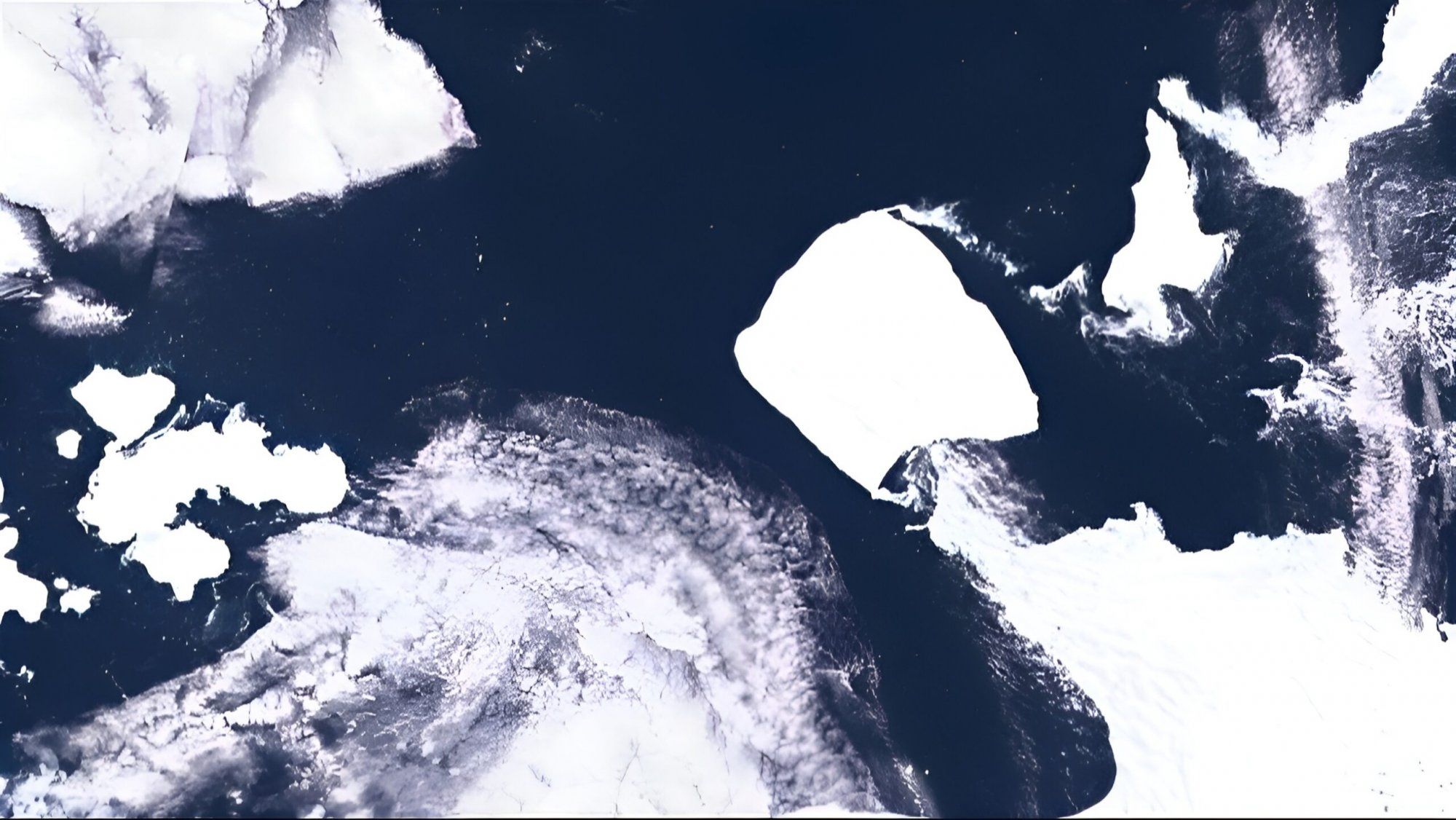The world’s largest iceberg, known as A23a, embarked on a long journey across the Antarctic Ocean propelled by the Antarctic Circumpolar Current in November.
Scientists were able to use satellite measurements to gather data on the thickness of the iceberg for the first time this month, which allowed them to calculate the mass and volume of the gigantic block of ice.
“Satellites equipped with altimeters, such as CryoSat-2, allow us to monitor iceberg thickness from space, measuring the distance to both the iceberg’s surface and the sea surface,” says Dr. Ann-Christin Brakmann-Folgmann from the Arctic University of Norway.
The CryoSat-2 satellite measured the height of the iceberg above the surface and revealed that the iceberg is as thin as a credit card relative to its vast expanse, with an average thickness of just 280 meters.




